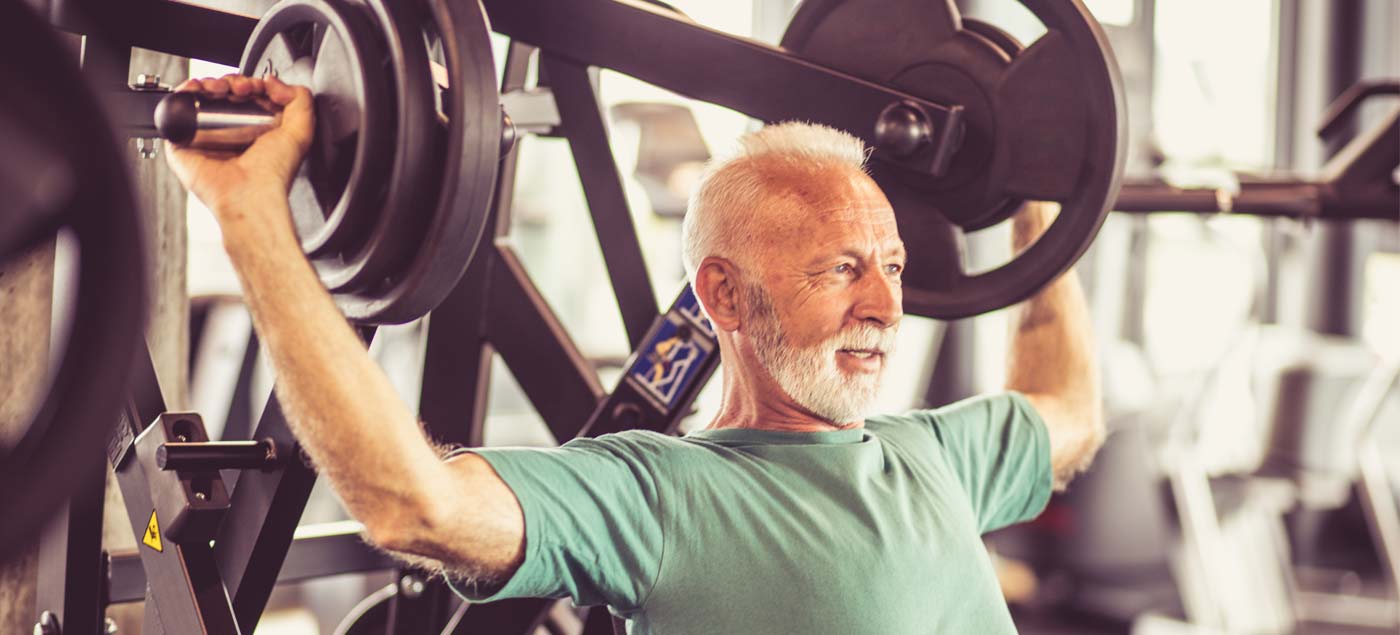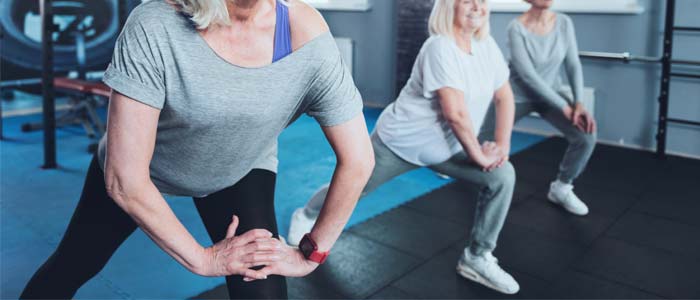The Effects of Weight training with Arthritis
1st Apr 19

Arthritis is something that afflicts so many people across the world. It is a condition that can have a negative impact on multiple areas of your life. There are a lot of different ways that it can occur and even more things you can try to do to prevent it in both the long and short term. One thing that is commonly misconstrued, however, is how weight training affects arthritis.
There are several arguments for both sides, but to really be able to answer the question, you need to know the facts about weight training with arthritis and the impact it has on your body. Generally speaking, exercising in the right way has a positive impact. That much is a given. But when it comes to arthritis, things get slightly more complex.
Want to move fast? Jump to the right section below.
The Benefits

Weight training has a huge range of benefits. In this case, it’s effective at both preventing arthritis in the first place by keeping your joints and muscles in great shape, but also at keeping you moving and living a healthy lifestyle. Here are some of the awesome things it can do:
Muscle
First and foremost, exercising, especially with weights, helps to develop muscle. That is its entire purpose. It helps to stimulate muscle growth to make you bigger and stronger so that your body can adapt to deal with the stress you’re putting on it. This is important when you look at arthritis because the muscle that surrounds your afflicted joints grows and begins to take away a lot of the impact – essentially, it starts acting like a cushion.
Joints
Much like your muscles growing, your joints strengthen with use! This is amazing news for anyone who has arthritis already, as it means that it’s possible for you to use some light weighted exercises daily and over time, this should be effective in helping to reduce swelling and soreness in the afflicted area. Generally, your joint strength will improve, and pain should ease off!
General Flexibility
Looking into the more specific points of weight training with arthritis, it’s a good idea to look at how it affects things outside of arthritis that might still have an impact. As you begin to train more and more, you’ll find that moving more and with the addition of weights means that your motion range becomes greater and less painful.
The strengthening of the joints, muscles and the reduction of pain makes you able to do more than you could before, and this snowballs into you being able to strengthen the joint even more just by using it in everyday activities, especially if the pain was becoming quite frequent!
Bone Density
The final thing to look at when you’re monitoring the benefits of strength training is how great it is for your bone density. It may not be something you really think about, but as time goes on, bone density reduces naturally.
It happens to everyone, but weight training is an incredibly effective way to minimise this as much as possible and make your bones much stronger. This helps reduce the risk of injury in and out of exercise, and arthritis can make this an issue if your motion range is reduced.
Complications

Although weight training does do all these incredible things to your body, there can be some issues that you need to keep in mind before you do anything that you could end up regretting:
Proper Form
The most important thing that you need to look at is what it is you’re doing. Weight training has amazing benefits, no arguments here, but there are issues to consider when you are weight training with arthritis.
Make sure that you’re doing your exercises the right way. There are so many exercises out there that come with dangerous technique, and you can make things so much worse so quickly. Do your homework or get help with it! It’s always a good idea to make sure you do it right the first time.
Don’t Over Exercise
Leading straight on from this point is overexerting yourself. Train the right way to suit you personally. It’s so easy to see information like this and immediately go off and start training twice a day every day because you think it’s good for your joints.
Your body needs rest between exercises. Make sure that you’re leaving at least a 24-hour gap between your workouts so that you’re giving your muscles and your joints time to recover. It’s the safest possible way for you to be able to really see the benefits and not do any more damage! Rest is just as important as the exercise itself.
Build Up
Take your time with your exercising and what you are capable of. No one is at their best when they are just starting out. Start off slowly so that you can find your feet and gradually build yourself up. This is the most efficient way to see the best results and help you in the long run, especially if you have a limited range of motion from the pain.
It’s also important that you’re working to your own means. Find when in the day you are in the least pain or your joints are the least sore so that you aren’t putting yourself through unnecessary risk. Water weights can be a great starting point!
Do it right
Ultimately, weight training is a great way to help deal with arthritis. Other types of exercise are good too, but you need to find the balance. It can get you moving again and keep you in great shape to be able to power through your days as painlessly and effectively as possible if you do it right. Plan so that you know what you’re doing and can keep track of your workouts to get the best results. It’s also definitely worth talking to your doctor or a therapist to get the best exercises for you and what you can do. If something hurts, stop doing it and seek guidance.

Before beginning any exercise or nutrition program, consult your physician, doctor or other professional. This is especially important for individuals over the age of 35 or persons with pre-existing health problems. Exercise.co.uk assumes no responsibility for personal injury or property damage sustained using our advice.
If you experience dizziness, nausea, chest pain, or any other abnormal symptoms, stop the workout at once and consult a physician or doctor immediately.









